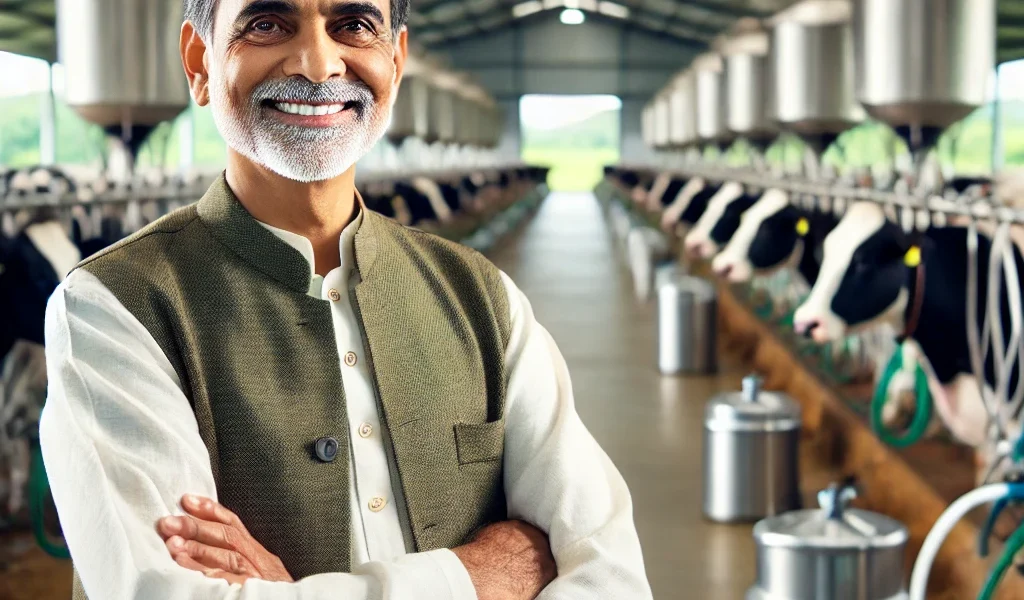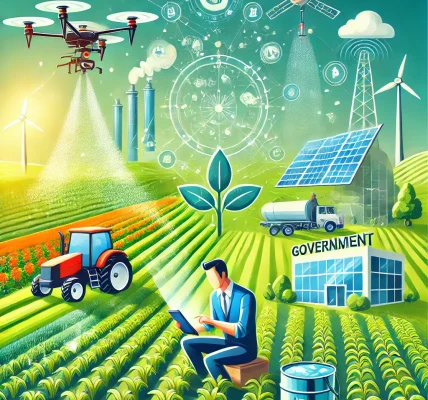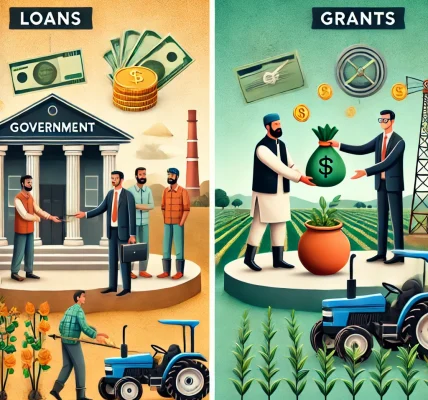Livestock and Dairy Farming Schemes: Boosting India’s Milk Production – A DIY Guide
Introduction
India is one of the largest producers of milk in the world, with dairy farming being a significant contributor to the rural economy. To strengthen this sector, the Indian government has introduced various schemes and subsidies that support livestock and dairy farming. However, many farmers and entrepreneurs face challenges in applying for these schemes due to a lack of awareness or reliance on agents.
This guide will help you understand how to apply for livestock and dairy farming schemes without an agent, ensuring you receive financial aid and benefits directly from government sources.
1. Importance of Livestock and Dairy Farming Schemes
Government support for dairy farming aims to:
- Enhance milk production and quality.
- Promote sustainable and scientific dairy farming practices.
- Provide financial assistance for cattle procurement, infrastructure, and feed management.
- Encourage self-employment and entrepreneurship in rural areas.
These schemes cater to small farmers, cooperatives, Farmer Producer Organizations (FPOs), and dairy entrepreneurs.
2. Top Government Schemes for Dairy Farming
a) National Dairy Development Board (NDDB) Schemes
- Supports infrastructure development for milk production, storage, and processing.
- Provides financial assistance for setting up dairy units.
- Focuses on improving cattle breeds and feed management.
b) National Livestock Mission (NLM)
- Encourages breed improvement through Artificial Insemination (AI) and Embryo Transfer Technology (ETT).
- Offers subsidies for poultry, goat, sheep, and pig farming.
- Supports entrepreneurs in the livestock sector.
c) Rashtriya Gokul Mission (RGM)
- Focuses on genetic improvement of indigenous cattle breeds.
- Provides financial support for Gokul Grams (integrated cattle farms).
- Encourages scientific management and conservation of native breeds.
d) Dairy Entrepreneurship Development Scheme (DEDS)
- Subsidies of up to 25% (₹3.75 lakh for general category and ₹5 lakh for SC/ST farmers).
- Financial aid for setting up dairy farms and milk processing units.
- Assistance for cold storage and transportation facilities.
e) Animal Husbandry Infrastructure Development Fund (AHIDF)
- Provides low-interest loans with 3% interest subvention.
- Encourages modernization of dairy processing plants.
- Supports value-added dairy products and export-oriented dairy units.
3. Step-by-Step Guide to Applying Without an Agent
Step 1: Identify the Right Scheme
- Assess your business needs (cattle procurement, infrastructure, feed management, processing, etc.).
- Choose the scheme that best fits your requirements.
- Check eligibility criteria on official government portals.
Step 2: Gather Necessary Documents
Prepare the following documents before applying:
- Aadhar Card & PAN Card (for individual applicants).
- Business registration certificate (for startups and cooperatives).
- Bank account details linked to the dairy business.
- Land ownership/lease documents.
- Cattle purchase invoices (if applicable).
- Project report detailing investment, expected returns, and business goals.
Step 3: Apply Through Official Government Portals
- Visit government websites such as:
- https://agricoop.nic.in (Ministry of Agriculture)
- https://dahd.nic.in (Department of Animal Husbandry and Dairying)
- State Animal Husbandry Department websites
- Register and fill out the application form.
- Upload the required documents in the specified format.
- Submit the application and track its status online.
Step 4: Offline Application Process (If Required)
- Visit the nearest Krishi Vigyan Kendra (KVK), NABARD office, or Dairy Development Office.
- Collect and fill out the physical application form.
- Submit the form along with required documents and obtain an acknowledgment receipt.
4. Benefits of Applying Without an Agent
- Avoid unnecessary commissions and agent fees.
- Direct interaction with government authorities ensures transparency.
- Faster processing and approval when applying through official channels.
- Higher chances of receiving financial aid without third-party interference.
5. Avoiding Scams and Legal Precautions
- Always apply through official government websites.
- Do not share personal or banking details with unauthorized agents.
- Avoid making upfront payments for assured approvals.
- Maintain copies of all submitted documents and receipts.
- Verify approvals and grant disbursements before investing.
6. Conclusion
Livestock and dairy farming schemes play a crucial role in boosting milk production and improving rural livelihoods. By following this DIY guide, farmers and entrepreneurs can successfully apply for government grants without relying on agents, ensuring a transparent and cost-effective process.
Whether you are an individual farmer, a cooperative, or a dairy startup, these schemes can help you scale your business, enhance productivity, and contribute to India’s dairy revolution. Apply today and take your dairy farming to the next level! 🐄🥛🚜




